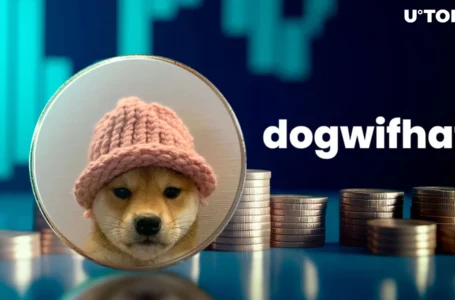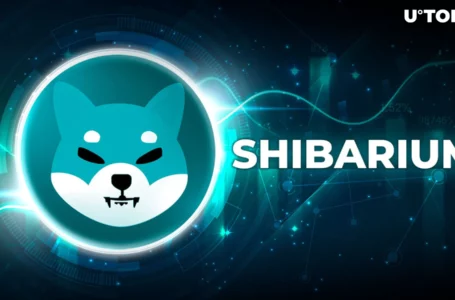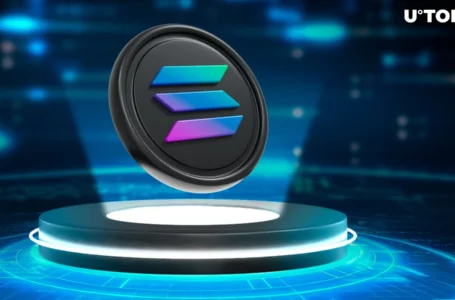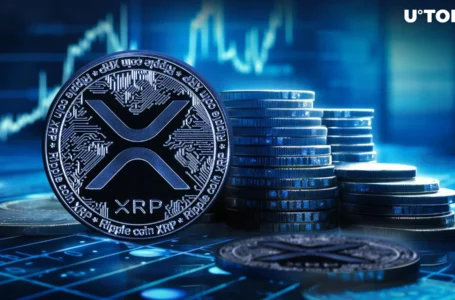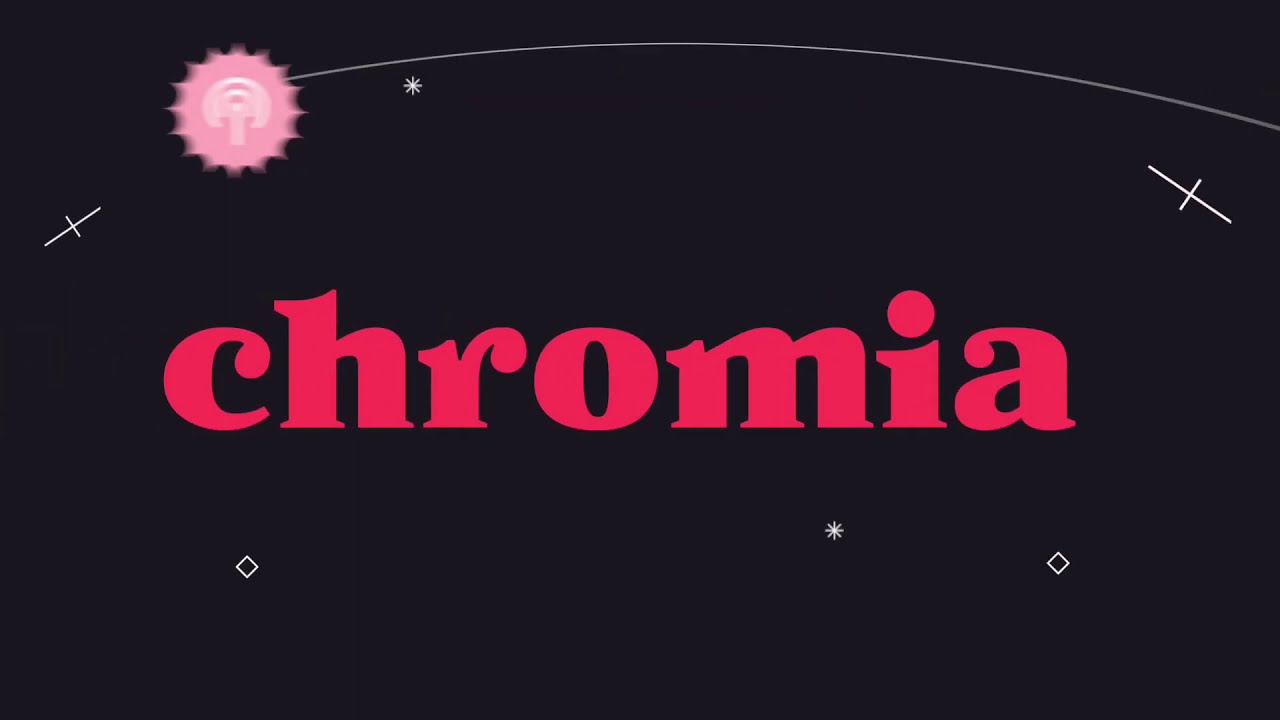
Chromia (CHR) is a relational database and an open-source blockchain platform used in developing and deploying DApps. It is formally Chromapolis and was developed by Chromaway AB, a Swedish company that has been in operation since 2014. The blockchain is backed by a technology adopted from Post chain, which is a technology solution from Chromaway AB. Chromia increases throughput by supporting the development of multiple blockchains run by a subset of nodes for the Dapps. The blockchain project creates a decentralized application using the format that the developers already know, no matter their project size. It uses the same format for large or small game applications; industries can enter the blockchain with small investments.
The Chromia blockchain doesn’t have a learning curve for the development teams that are already working with these industries. The blockchain is among the best platforms that can host all kinds of decentralized applications and multilayer online games. The Chromia has a native ERC-20 token built on the Ethereum blockchain as its utility token. The CHR token was launched in May 2019 and has been listed in some popular exchanges that traders frequently use presently.
These exchanges are the likes of Binance Bitmax, KucCoin, and Bilaxy; the ERC20 token can be stored on any wallet supported by Ethereum. You can trade or stake the CHR token with these exchanges for profit, just like every other digital token.
Who Founded Chromia?
Chromia (CHR) is designed by Chromaway as an open-source, public platform in 2018. The Chromaway itself is a blockchain development company founded by Henrik Hjelte, Or Perelman, and Alex Mizrahi in 2014.
Chromaway was adopted by the Inter- American Development Bank, working on a three-nation project. They used it in registering properties on a blockchain-based database that started in 2019. The three co-founders are deeply rooted in the crypto industry from the early days of Ethereum and Bitcoin.
Alex was one of the main developers of Coloured Coins and written many early academic papers relating to the Proof of Stake consensus. Coloured Coin is among the first projects to establish the idea of crypto tokens which will later be developed by Ethereum.
However, the Chromia blockchain is a Layer-1 and Layer-2 blockchain solution in the development stage. It intends to provide enhanced features, storage capabilities, and data handling to decentralized applications.
How does Chromia work?
The Chromia (CHR) blockchain is both a standalone layer-one and an EVM-compatible layer-two improvement for Ethereum and Binance. It has a design structure that enhances the existing DApps and creates a scalable new generation DApps. The Chromia mechanism of operation allows for customizable fee structures and improved data handling.
The Chromia has unique architecture known as a relational blockchain and a custom programming language-Rell. The Rell function is similar to SQL; it allows developers to leverage the immutability and security of a blockchain. And simultaneously handle and store data using the relational database efficiency. All the DApps built on the Chroma blockchain operate independently on its sidechain rooted in the main blockchain.
This DApps independent operational mechanism enables each application to function more efficiently. In addition, it gives them the freedom of choosing from various available fee structures. For instance, a DApp application may require that users pay fees in CHR tokens as in Bitcoin or Ethereum. But another DApp may decide to stake enough CHR, giving users access to unlimited transactions without paying any fees.
The CHR token can be used in the system for various purposes like the platform’s currency and staking for profit. It can also be used for paying hosting fees and other purposes, including token pegging and compensation.
What Makes Chromia Unique?
The Chromia (CHR) blockchain platform has some unique features and operating mechanisms that distinguish it from other blockchain projects. These features are outlined below;
- The blockchain enables MMOGs- Massively Multiplayer Online Games. This is a web-based game found on the same server with a lot of players in hundreds or thousands. It is commonly known as MMO and features a large, persistent open world with a few that differs slightly. These games can be found on personal computers, smartphones, video games consoles, etc.
- MMOGs enable players to team up and compete with one another and sometimes have meaningful interaction with people globally. They are made up of gameplays that represent many video game genres hence have a lot of potentials. The Chromia seeks to harness the MMOG’s potentials by enabling them.
- In the gaming industry, a blockchain is used for storing tokens used for various financial transactions. Hence, the Chromia project has developed a platform for hosting the entire game industry; this makes the platform very relevant.
- Chromia updates a minimum of 100,000 cells in a second, while other blockchains like Gochain can only do 1,300 cells. This feature makes Chromia a better blockchain platform for running multiplayer games.
Chromia (CHR) Token Review
The Chromia has a native token which also serves as its utility or governance token known as the CHR. The DApps on the Chromia platform use the CHR token to settle transaction fees while the users use the token on the DApps. The blockchain allows the DApps to create a CHR-backed token for their profit-sharing solutions. For instance, the blockchain directly compensates DApp investors in CHR through a profit-sharing contract.
Chromia Blockchain users can also stake the CHR tokens for profit. The platform adopts this mechanism to reward members and secure the blockchain. You can earn rewards as a system provider or by running community and application nodes.
Final Word
This Chromia (CHR) review explored the blockchain challenges that the project seeks to solve, which includes scalability. We can conclude from it that Chromia combines relational databases and blockchain technology in solving these challenges.
The project has a unique architecture that enhances the building of secure DApps that can accommodate millions of users. In addition, its programming language and unique tools improve efficiency and productivity for developers.
However, the blockchain has a native utility token that facilitates mutual and beneficial relationships among users, investors, and developers. The token is known as the CHR token; it serves as the platform currency for staking and paying hosting fees

.

